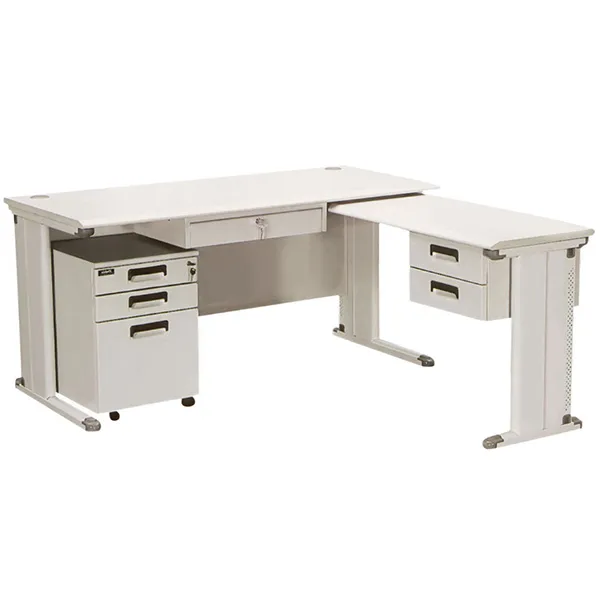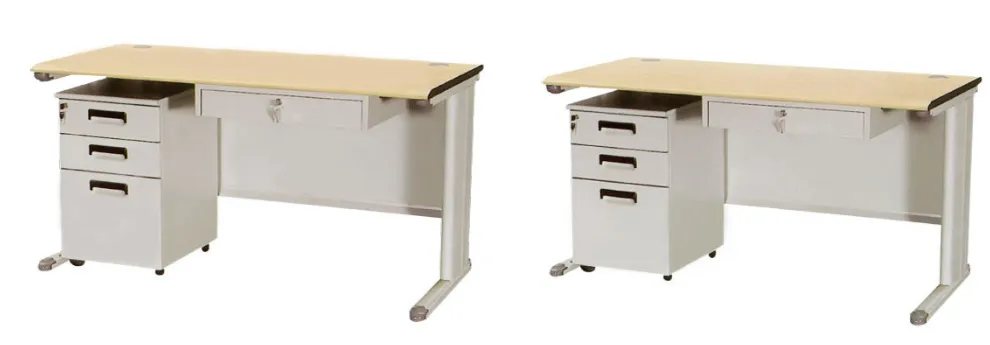Steel Office Desk: Technical Specifications and Considerations
Steel office desks are an integral part of modern office furniture, known for their durability, strength, and sleek appearance. They are designed to meet the demands of various work environments, from corporate offices to industrial settings. This article delves into the technical aspects of steel office desks, covering their material properties, construction methods, ergonomic considerations, and maintenance requirements.
Material Properties

Steel Composition
Steel used in office desks typically consists of iron alloyed with carbon and other elements to enhance its strength and durability. The common types of steel used include:
Carbon Steel: Contains carbon as the main alloying element. It is robust and cost-effective, suitable for most office applications.
Stainless Steel: Contains chromium, which provides corrosion resistance. It is ideal for environments where the desk might be exposed to moisture or chemicals.
Galvanized Steel: Coated with a layer of zinc to prevent rusting. This type is particularly useful in industrial settings.
Mechanical Properties
Steel desks are chosen for their superior mechanical properties, including:
Tensile Strength: Steel has a high tensile strength, making it capable of withstanding heavy loads without deforming.
Durability: The material is resistant to wear and tear, ensuring a long lifespan even under constant use.
Flexibility: Despite its strength, steel can be formed into various shapes, allowing for versatile desk designs.
Construction Methods

Fabrication Techniques
The construction of steel office desks involves several key fabrication techniques:
Cutting: Steel sheets are cut to size using laser cutting, plasma cutting, or shearing.
Bending: Machines like press brakes are used to bend steel sheets into the desired shapes for desk components.
…
For more detailed information about the technical specifications of steel desks, please click here: https://www.cydfurniture.com/en/a/news/technical-specifications-and-considerations.html


